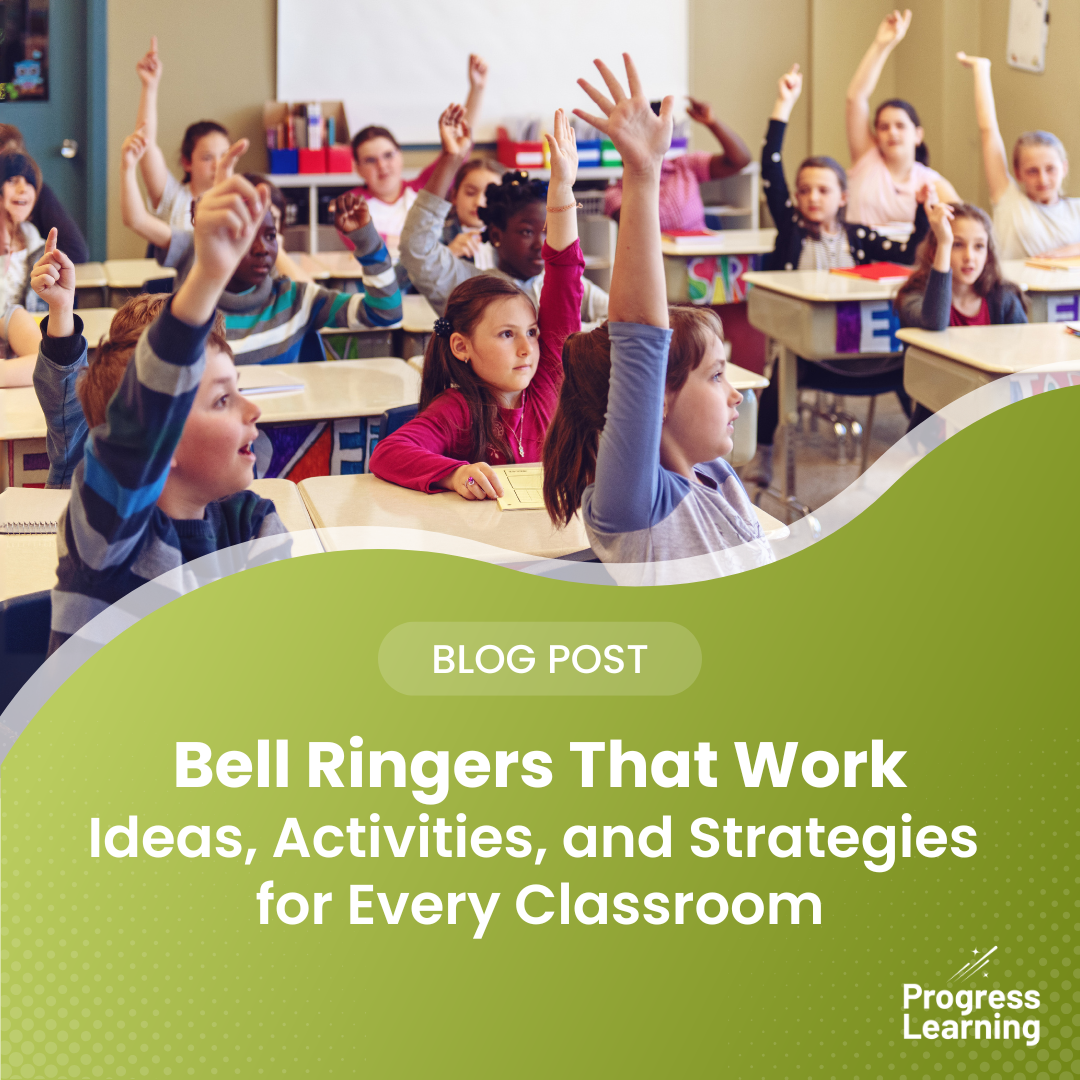WCAG 2.2 Level AA Compliance for Schools and Districts
Digital tools are integral to how students learn, how teachers teach, and how districts deliver instruction. But not all platforms are designed to work for every learner. As accessibility requirements tighten, it’s critical that schools and districts understand what WCAG 2.2 Level AA compliance means and how to ensure their vendors are aligned.
What Is WCAG?
WCAG stands for the Web Content Accessibility Guidelines, a global standard developed by the World Wide Web Consortium (W3C). These guidelines are built around four key principles: content must be perceivable, operable, understandable, and robust. For K–12 education, that means ensuring students with disabilities can access digital resources independently and successfully.
The Three Levels of WCAG Compliance
Level A
Covers the most basic accessibility features, such as keyboard navigation and screen reader compatibility. It’s the foundation but not enough on its own for most educational settings.
Level AA – General Level of Compliance for Public Schools
This is the expected standard for public K–12 institutions. Level AA includes:
- Responsive design for tablets and mobile devices
- Color contrast that supports visibility for low-vision users
- Clear labeling and instructions for forms and input fields
- Navigable interfaces and error messages that aid student understanding
These requirements are essential for classroom platforms, where diverse student needs, devices, and learning contexts are the norm.
Level AAA
The most advanced level, AAA compliance includes highly specific features that go beyond typical classroom needs. It’s not generally required by law or even by other standards, and can be prohibitively expensive to implement across all platforms. Very few, if any, platform will meet Level AAA standards.
How to Evaluate Vendor Accessibility
The most reliable way to verify a vendor’s compliance is to request a VPAT: Voluntary Product Accessibility Template. A VPAT details how a product meets accessibility standards. Here’s what to look for:
- WCAG 2.2 Level AA should be listed as the standard, not older versions like 2.0 or Section 508 alone
- Look for specifics about how testing was done (e.g., “tested with screen reader and keyboard,” not just “tested for accessibility”)
- Review the success criteria tables to see if features are marked “Supports,” “Partially Supports,” or “Does Not Support.” Progress Learning’s VPAT’s provide an example for what this could look like.
A good VPAT is transparent, specific, and up to date. If a vendor claims 100% compliance with no remarks, that’s worth a second look.
Accessibility Is Equity
Digital accessibility is fundamentally about equity. When students can’t access tools due to visual, auditory, motor, or cognitive barriers, they miss learning opportunities. Complying with WCAG 2.2 Level AA ensures your district’s tools are usable for all students and inclusive by design.
Progress Learning is built to support equity, engagement, and accessibility in the classroom. We have new VPAT documentation for the Progress Learning platform, covering Kindergarten and 1st grade, elementary, and secondary, accommodating the different needs of different grade levels.
Let’s make sure every student has access to the tools they need to master state standards, no barriers, no exceptions. Contact us below to see how Progress Learning meets accessibility standards and accommodates all students.


